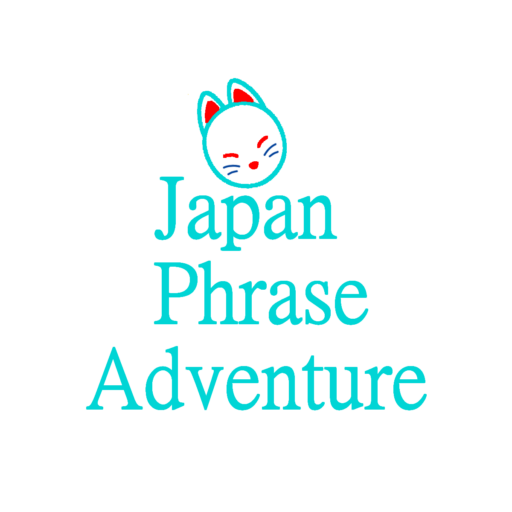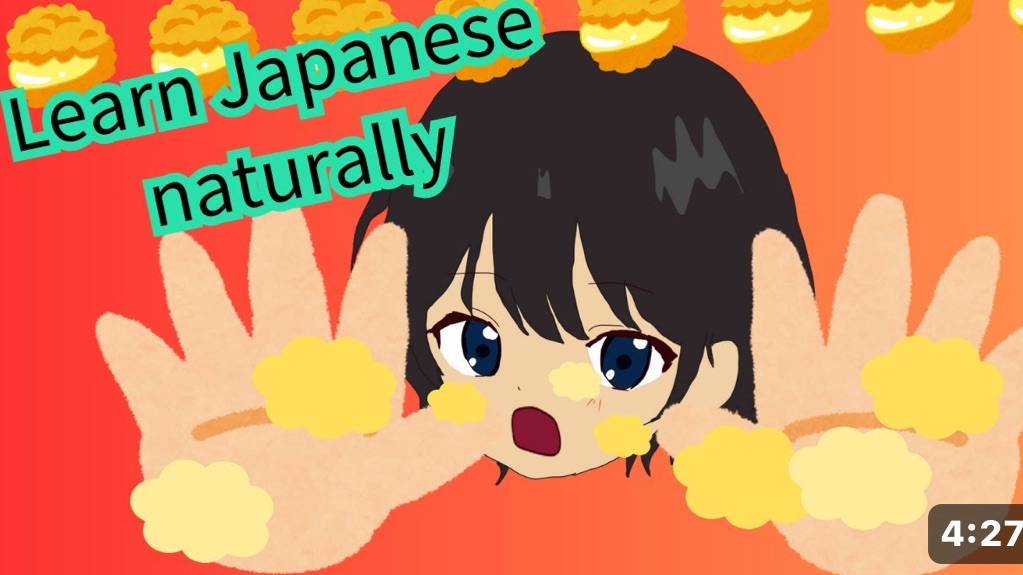Hello, this is Miyabi. I’m sorry the explanation took a little while to prepare!
Today’s explanation is for the video published on July 2, 2025, which includes words such as 「おやつ」「手を洗う」「くちのまわり」「べたべた」「きれい」, and so on.
If you haven’t watched the video yet, here it is:
This time, the explanation might be a bit advanced.
Beginners may find it a little confusing.
The concept behind my videos is “Learn Japanese naturally just by watching,” so I prefer for learners to acquire the language through feeling rather than theory.
However, for those who want to learn quickly and like in-depth explanations, I’ve created this guide.
Video Script:
母「ゆうくん、おやつ たべよう」
母「おやつだよ〜。今日のおやつはシュークリームだよ(きょう の おやつ はしゅーくりーむ だよ)」
ゆうくん「やった〜!」
ゆうくん「いただきます!」
eat
ゆうくん「ごちそうさまでした!」
母「わあ!口の周り、べたべた(くち のまわり、べたべた)」
母「拭こうか(ふこうか)」
母「拭くよ〜(ふくよ〜)」
母「拭けたよ。(ふけたよ)きれいになったよ。」
母「わあ!手もベタベタ!」
母「手、洗おうか(て、あらおうか)」
母「手、洗おう」
母「洗うよ〜」
母「きれいになったかな?」
母「まだまだ」
母「もう少し洗おう(もうすこし あらおう)」
母「きれいに、きれいに」
母「きれいになったね」
End of script
① 「おやつ食べよう」
「おやつ」 refers to snacks or light treats eaten between meals. It could be sweet snacks, salty treats, cake, or cookies. In kindergartens or nurseries in Japan, even rice balls might be served as 「おやつ」.
In contrast, meals eaten at breakfast, lunch, and dinner are called 「ごはん」 or 「食事(しょくじ)」.
「〜よう」 indicates a suggestion or invitation. In this case, it means “Let’s eat a snack.”
In polite form, it becomes 「おやつを食べましょう(おやつをたべましょう)」.
② 「おやつだよ」
In Japan, it’s common to use polite language with strangers. So for intermediate to advanced learners, try converting 「おやつだよ」 to polite language.
Answer: 「おやつですよ」 or 「おやつです」.
The endings 「だよ」 and 「よ」 add a soft, friendly nuance.
③ 「シュークリーム」
In Japan, cream puffs are called 「シュークリーム(しゅーくりーむ)」. Note that this differs from English, where “cream puff” is more common.
④ 「いただきます」 and 「ごちそうさま」
These have been explained in previous posts, so I’ll skip them here. Please check past articles to understand their nuance.
⑤ 「わあ!」
「わあ!」
This is an exclamation of surprise or excitement.
⑥ 「口の周りベタベタ」
「口の周りベタベタ」(くち の まわり べたべた)
「くち」 means “mouth.”
「周り」 means “around.”
「ベタベタ」 is an onomatopoeia describing a sticky or greasy feeling.
Japanese people love onomatopoeic expressions, and there are said to be over 4,500 of them.
Similar expressions include 「ベトベト」(べとべと).
Fun fact: the Pokémon “Grimer” is called 「ベトベター」 (べとべたー) in Japanese, derived from this sound.
⑦ 「拭こうか」
「拭こうか(ふこうか)」
「拭く (ふく) 」means “to wipe.”
This form has a nuance of invitation, just like 「食べよう(たべよう)」 (“Let’s eat”).
Adding 「か」 turns it into a soft question, implying, “Shall I wipe?” while leaving the decision to the listener.
⑧ 「拭けたよ」
「拭けたよ(ふけたよ)」
This is made up of:
「拭ける(ふける)」 (potential form of “to wipe”) + 「た」 (past tense) + 「よ」 (soft ending).
It means “I was able to wipe [it].”
⑨ 「きれいになったよ」
「きれいになったよ」
「きれい」 here means clean (free from dirt).
「に」 is a particle.
「なった」 is the past tense of 「なる」 (to become), indicating change.
「よ」 adds a gentle tone.
⑩ 「手、洗おうか」
「手、洗おうか(て、あらおうか)」
「手(て)」 means “hands.”
「洗う(あらう)」 means “to wash.”
「洗おう(あらおう)」 suggests “Let’s wash,” and adding 「か」 makes it a soft question: “Shall we wash [your hands]?”
It gently invites the other person while leaving the decision to them.
⑪ 「きれいになったかな?」
「きれいになったかな?」
「かな」 is a softer form of the question particle 「か」.
「きれいになったか?」 is also grammatically correct but sounds more blunt or masculine.
⑫ 「まだまだ」
「まだまだ」
「まだ」 means “not yet.”
When doubled, it emphasizes the incompletion.
For example:
Husband: 「まだ?」
Wife: 「まだまだ!」
This dialogue is very common and natural in Japanese.
⑬ 「もう少し洗おう」
「もう少し洗おう(もうすこし あらおう)」
「もう少し(もうすこし)」 means “a little more.”
The phrase encourages someone to continue washing just a bit longer.
Supplementary Note:
「きれい」 is a type of adjective that needs 「な」 when used before a noun. For example:
「きれいな手(きれいな て)」 (clean hands)
In contrast, adjectives like 「短い(みじかい)」 and 「長い(ながい)」 don’t need 「な」:
「短いえんぴつ」 (short pencil)
「長いえんぴつ」 (long pencil)
That’s all for today’s explanation!
Because the video was a bit longer this time, the explanation became slightly more complex.
I do worry that this might be overwhelming for some of you.
But as the saying goes, “Practice makes perfect.”
By immersing yourself, you’ll naturally acquire the language.
Please enjoy learning Japanese!







